A CHARM OF FINCHES @ OLD MOOR
- Jonathan Marshall
- Feb 28, 2019
- 6 min read

On Thursday I visited Old Moor which is a nature reserve managed by the RSPB in the Dearne Valley near Barnsley. As well as Old Moor the RSPB also manages Wombell Ings, Bolton Ings and Gypsy Marsh which are right next door to Old Moor. They also look after Adwick Washlands which is a couple of miles east and Edderthorpe Flash which is a couple of miles north. There is also Broomhill Flash which is managed by The Garganey Trust.
Old Moor itself is made up of reedbeds, grassland and meadow with several large lagoons. There are 3 trails - The Discovery Zone, Green Lane & Reedbed - the Discovery Zone is a short circular trail which has 1 hide next to the visitor centre, the Reedbed trail which has 2 hides and a viewing screen and takes you out into the reedbeds and finally the Green Lane trail has 6 hides and takes you north east into the grassland and lagoons.
It was a cloudy day with the sun trying its best to burst through when I arrived at Old Moor and after a quick look at the latest sightings I headed for the hide attached to the visitor centre. There were a few Blue Tits & Great Tits visiting the feeders along with Stock Doves, Pheasants and Chaffinches on the ground. Over on the table feeder there were Reed Buntings and Tree Sparrows and after a couple of minutes a male Bullfinch perched above one of the feeders as a female tucked into the feeder below.
I left the hide and walked the short distance to the Tree Sparrow Farm where Bramblings, Yellowhammers & Lesser Redpolls had been spotted in recent days. There were several Goldfinches and Reed Buntings as well as a trio of Bullfinches (two male & one female) visiting the feeders. On the far side of the grassy area between the feeders I saw a brief glimpse of a Brambling & Yellowhammer, but they did not return as a couple of Dunnocks were feeding on the ground.
From here I headed through the Discovery Zone to the Bittern Hide which is where I have seen Bitterns flying over the reeds in the past and there are currently a few Bitterns on site, hidden amongst the reeds. It was quite quiet today with just a few Coots a pair of Tufted Ducks and a lone Great Crested Grebe on the water between the reeds. I left the Bittern Hide and followed the path to the Reedbed Trail and followed it round the edge of the reeds before it turned to the right and headed into the reedbed.

I followed the path to the Reedbed Screen and from here Bearded Tits have been seen and heard as well as the booming of the Bittern. I had been there only a few seconds when I heard one of the Bitterns start booming from the reeds over to the right. Out on the water channel in front of the screen I could see a few Coots and after a while a pair of Little Grebes emerged from the reeds and proceeded to dive for food in the water.
The Bittern boomed a few more times but did not emerge from the reeds and so I walked on to the Reedbed Hide about a hundred yards further on. It was very quiet from here as well with just several Coots on the water, but after a few minutes another pair of Little Grebes appeared from the left. As they dived under the surface of the water and returned several times they made their way closer and closer to the hide moving from left to right and out of sight.

It was now approaching midday so I started to make my way back towards the visitor centre with a quick stop at the Reedbed Screen where the Little Grebes were still diving for food in the water channel. Before I reached the visitor centre I made another trip to the Tree Sparrow Farm where on the ground there were a few Reed Buntings and a Robin perched on a branch just above them with several Goldfinches and a couple of Dunnocks visiting the feeders.
After lunch at the visitor centre cafe I headed out along the Green Lane Trail and as I followed the path as it rose uphill I saw a couple of Dunnocks as they flew across the path. A little further along I came to the Family Hide on my left and out on the water were a couple of hundred Black Headed Gulls as well as a few Tufted Ducks and Teals with a couple of the Teals coming close to the water's edge in front of the hide.
After a few minutes a flock of over one hundred Wigeon landed on the water out in the middle and over to the far right hand side making its way along the water's edge was a solitary Green Sandpiper. I left the hide and headed the short distance to the Field Pool West Hide where in the water in front of the hide there were several Coots and another pair of Little Grebes. On the edges of the water at the far side were several Shovelers & Wigeon, whilst on the grass were several Lapwings and in the far distance was a Little Egret.

The next hide I visited was the Wader Scrape Hide which over looks the eastern end of the Mere and the whole of the Wader Scrape. To my right on the Wader Scrape I could see yet more Black Headed Gulls as well as a few more Teals and Tufted Ducks whilst on the far grassy bank I could see both Greylag & Canada Geese. On the grass bank separating the Wader Scrape & Mere I could see a pair of Pied Wagtails and two Jackdaws. I now headed on to the Wath Ings Hide where the water levels were a lot higher than usual and here there were a high number of Black Headed Gulls.
Out on the water there were more Teals, Shovelers, Tufted Ducks and Coots as well as around a dozen Mute Swans. A pair of Little Grebes now swam close to the hide and fed in the water just in front of me whilst Cormorants flew across to a group of trees to my left. Some of the Swans now moved closer as a pair of Lesser Black Backed Gulls caused the Black Headed Gulls to fly up into the air when they came near.
Over to my left a Cormorant in breeding plumage perched at the top of a tree looking out over the water towards the Wader Scrape. I now headed for the final hide, the Field Pool East Hide, where I could see more Teals, a distant Little Egret and another pair of Shovelers as a male swam in front of the hide. From here I followed the path to a screen where there were at least half a dozen Dunnocks feeding on the ground. I continued down the path till it rejoined the Green Lane Trail and followed it back towards the visitor centre.

I returned to the Tree Sparrow Farm and hoped I would see the Bramblings or Yellowhammer a bit closer this time. There was a Blue Tit perched amongst the blossom with Reed Buntings and Goldfinches feeding on the ground but no sign of the Bramblings or Yellowhammer. A few minutes later the Yellowhammer appeared when it hopped out from the undergrowth and start feeding amongst the other birds.
Over on the far side of the grassy area where there were more feeders, amongst the Chaffinches I spotted a trio of Bramblings and a single Lesser Redpoll but they were all scared off when a Pheasant made a very loud squawk and flapped its wings. Five Bullfinches were the first to return to the near feeders before dropping to the ground to pick up any dropped from the feeders. I had almost given up hope of the Bramblings moving closer when amongst some Chaffinches on the ground was a lone male Brambling picking up seeds from the ground.

Back up on the branches where blossom was starting to show a male Bullfinch was crunching up the food it had just extracted from the feeder. Back on the ground a pair of female Pheasants landed and the male proceeded to display to females trying to attract their attention but only succeeded in chasing them away as a pair of Mallards flew in and landed. It was now starting to get a bit cold and drops of rain were starting to fall so I went back to the car to head home.
I have attached a few photos and a full sightings list from my visit to RSPB Old Moor.







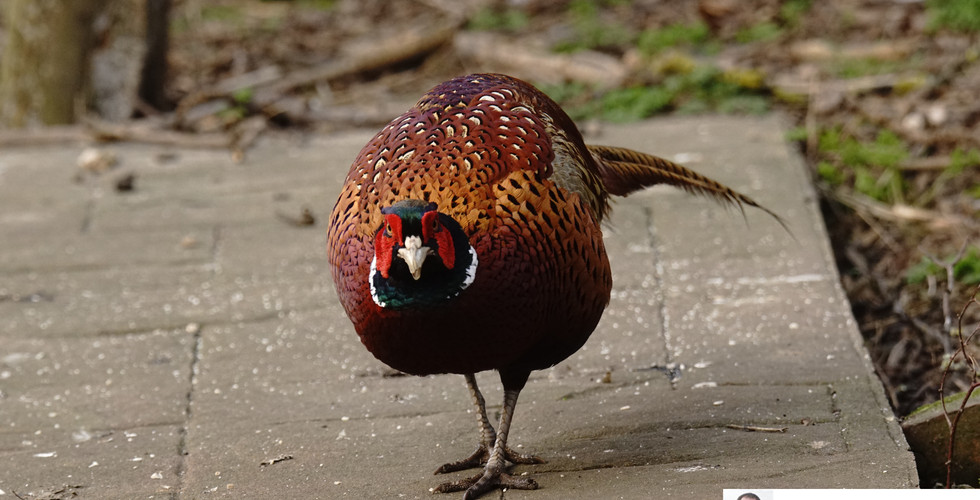



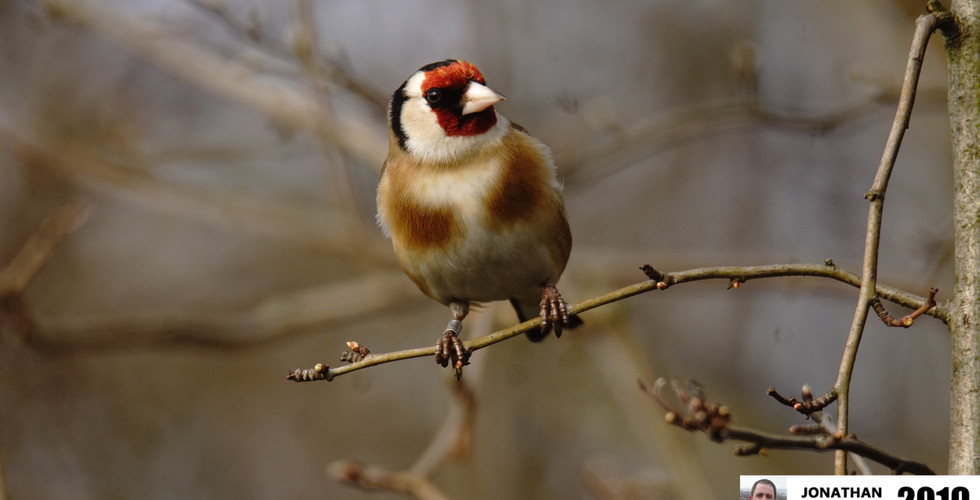

































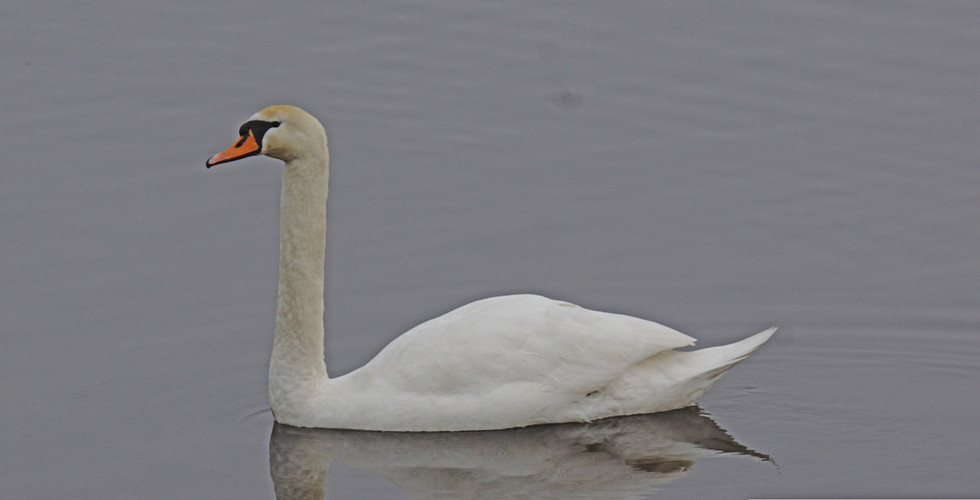










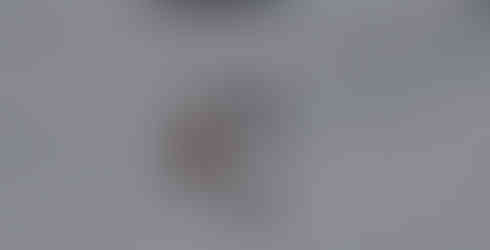





































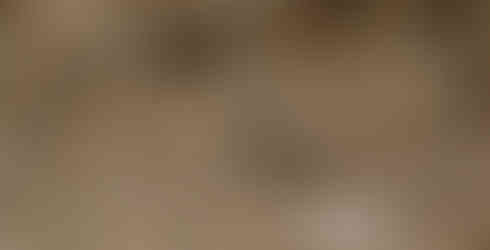










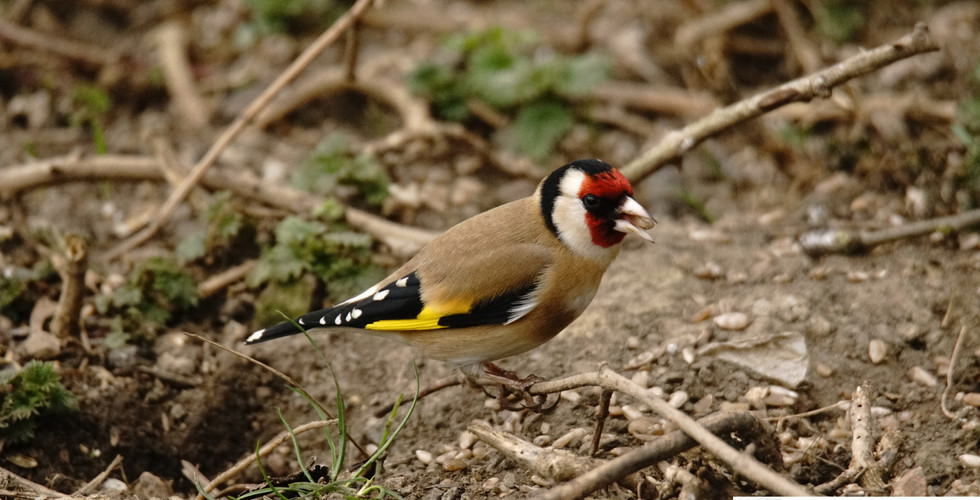






















Comments